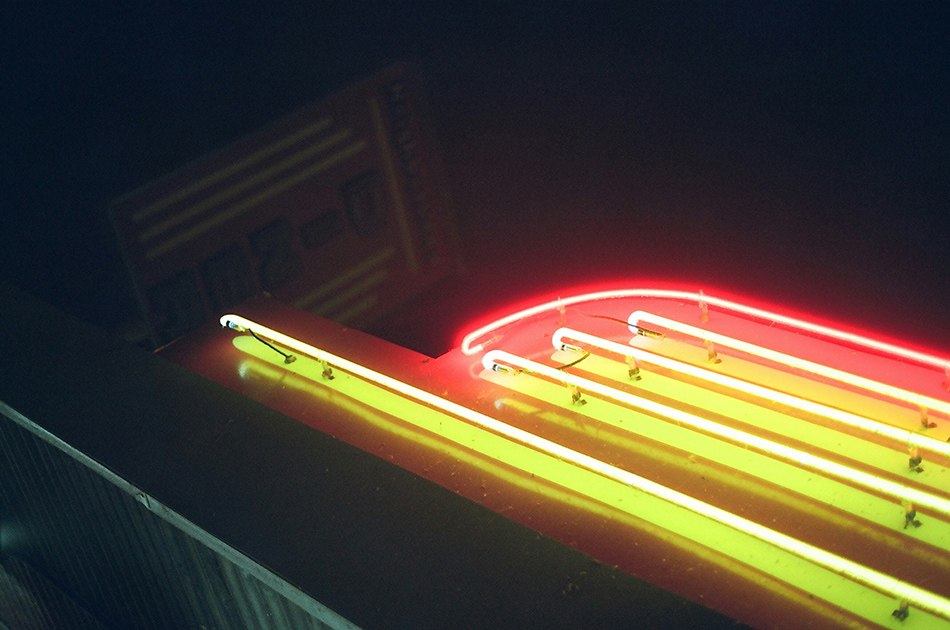Time:2025-05-13
As cities worldwide embrace smart technology and sustainability, mini neon lights are emerging as a critical component in modern urban design. These compact, energy-efficient systems are transforming public spaces, transportation networks, and architectural landscapes, offering both functional and aesthetic benefits. This article explores their role in smart city ecosystems, technical innovations, and their potential to drive sustainable urban development.
Smart City Integration and Technical Excellence
Adaptive Urban Lighting:
Mini neon lights are being integrated into smart city grids to provide dynamic, context-aware illumination. Equipped with IoT sensors, they adjust brightness based on real-time data such as pedestrian traffic, weather conditions, or ambient light levels, enhancing safety while conserving energy.
Modular and Scalable Design:
Ultra-compact profiles allow installation in tight urban spaces—bridge railings, subway tunnels, or bike lanes—without disrupting existing infrastructure.
Interlinking systems enable city-wide scalability, synchronizing lighting across districts for cohesive visual communication.
Durability in Harsh Environments:
Encased in weatherproof silicone, these lights resist corrosion from pollution, salt spray, and extreme temperatures, ensuring longevity in coastal cities or industrial zones.

Applications in Urban Innovation
Public Transportation:
Smart Bus Stops: Use color-coded neon to display real-time arrival updates or route changes, improving commuter experiences.
Bike Path Illumination: Embed lights into pavements to guide cyclists safely during low-light hours, reducing accidents.
Architectural Enhancement:
Dynamic Facades: Transform skyscrapers into interactive art displays that respond to civic events, air quality, or energy consumption data.
Historic Preservation: Subtly highlight heritage buildings with low-intensity glows, avoiding structural damage from traditional lighting.
Public Safety and Accessibility:
Crosswalk Activation: Sync with traffic signals to illuminate pedestrian crossings only when needed, reducing energy waste.
Tactile Guidance: Integrate into sidewalks to assist visually impaired citizens with color-contrasted pathways.
Sustainable Urban Development
Energy Efficiency and Carbon Reduction:
Solar-compatible designs harness renewable energy for off-grid installations like parks or remote signage.
Motion-activated zones in low-traffic areas cut power use by up to 70%, supporting municipal carbon-neutral goals.
Circular Economy Alignment:
Recyclable materials and modular construction allow easy component replacement, minimizing landfill waste.
Partnerships with e-waste recyclers ensure responsible end-of-life management.
Competitive Advantages in Urban Tech
Versus Traditional Streetlights:
Directional lighting reduces light pollution, preserving night skies and nocturnal ecosystems.
Lower maintenance costs due to durable, long-lasting LED technology.
Versus Smart Bulbs:
Seamless integration with city-wide IoT networks for centralized control.
Resistance to vandalism and environmental stressors ensures reliability in public spaces.
Future Trends in Urban Illumination
AI-Powered Predictive Lighting:
Machine learning algorithms will anticipate traffic patterns or crowd movements to pre-adjust lighting, optimizing energy use.
Holographic Public Displays:
Combine mini neon with holography to project real-time transit maps, emergency alerts, or cultural content in public squares.
Biophilic Design Synergy:
Integrate with green walls or urban farms to create nature-inspired lightscapes that boost mental well-being.
Conclusion
Mini neon lights are redefining urban landscapes, merging smart technology with sustainable design to create safer, more livable cities. Their adaptability, efficiency, and aesthetic versatility position them as indispensable tools for urban planners and architects shaping tomorrow’s metropolises.
For innovative solutions that illuminate the future of cities, explore TTKLED’s Urban Neon Series, engineered to brighten smart, sustainable urban life.